In the mid-1980s, Marvel Comics was thriving both creatively and financially, capitalizing on their all-time best runs. The rough financial patches of the late '70s, largely alleviated by the success of Star Wars, were now behind them. Marvel was poised to revolutionize the comic industry with the 1984 release of Secret Wars, which had profound effects on the Marvel Universe and the broader industry. This landmark event set new trajectories for Marvel's iconic heroes and villains, marking a significant turning point.
This period also saw the emergence of other seminal stories, such as Frank Miller's Born Again arc in Daredevil, the return of Jean Grey in X-Factor, and Walt Simonson's Surtur Saga in Thor, among others. In this article, we'll explore these new directions and other significant narratives from the same timeframe. Join us for Part 8 of our series on Marvel's essential issues!
More Essential Marvel
1961-1963 - The Birth of a Universe
1964-1965 - The Sentinels Are Born and Cap Dethaws
1966-1969 - How Galactus Changed Marvel Forever
1970-1973 - The Night Gwen Stacy Died
1974-1976 - The Punisher Begins His War on Crime
1977-1979 - Star Wars Saves Marvel From Bankruptcy
1980-1982 - Did the Dark Phoenix Saga Usher in the Greatest Decade for Marvel?
Frank Miller's Born Again and Walt Simonson's Surtur Saga
For some of the most critically acclaimed storylines of this era, look no further than Born Again. Frank Miller returned to writing Daredevil, this time with David Mazzuchelli on art, in issues #227-233. This arc is often considered the definitive Daredevil story. Karen Page, struggling with addiction, sells Daredevil's secret identity for heroin, which eventually reaches the Kingpin. He uses this information to devastate Matt Murdock's life, leaving him homeless, jobless, and isolated. At his lowest, Matt is saved by his mother, a nun named Maggie. The story follows Matt's arduous journey back to becoming Daredevil, while the Kingpin's obsession with destroying Murdock spirals into fanaticism. This narrative was loosely adapted in Season 3 of Netflix's Daredevil and inspired the title for the Disney+ revival series Daredevil: Born Again.
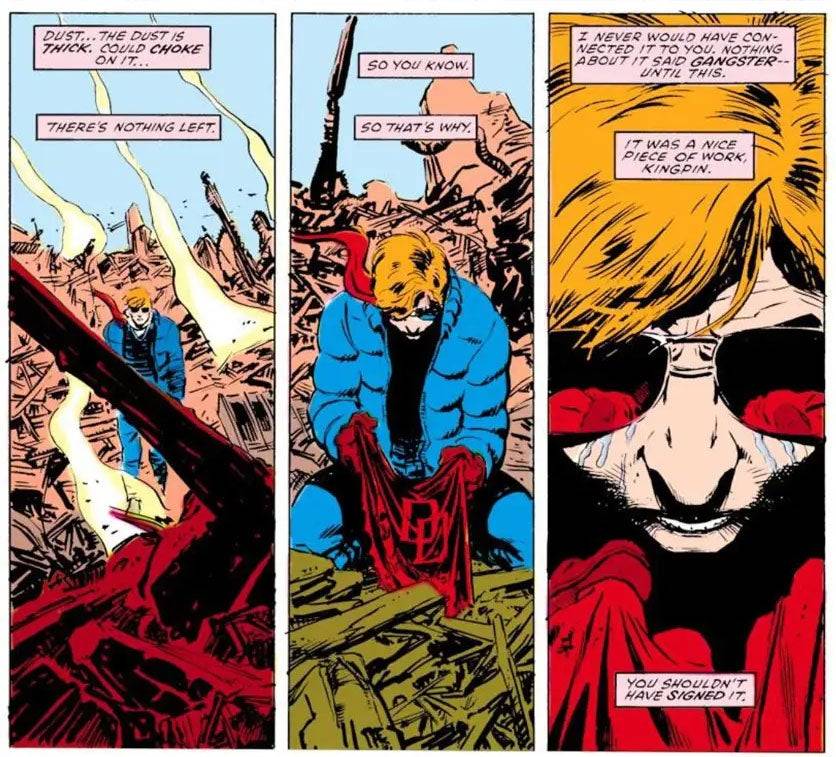
Walt Simonson's tenure on Thor, starting with issue #337 in 1983, brought the character back to its mythic roots. The introduction of Beta Ray Bill, an alien worthy of wielding Mjolnir, marked a significant moment. Simonson's most celebrated story, the year-long Surtur Saga (issues #340-353), saw the fire demon Surtur plotting Ragnarok with the Twilight Sword. He sends Malekith the Accursed to distract Thor, allowing time to forge the sword. The saga culminates in a monumental battle with Thor, Loki, and Odin united against Surtur. Elements of this epic were later incorporated into Thor: The Dark World and Thor: Ragnarok.
Secret Wars Changes Comics Forever
As discussed in Part 4 of this series, the 1973 Avengers/Defenders War foreshadowed the event crossovers that became a staple of Marvel and DC. This trend fully materialized with the 1984 release of Secret Wars, a 12-issue miniseries by Jim Shooter, Mike Zeck, and Bob Layton. Conceived as a marketing tie-in with Mattel, the story involves the Beyonder transporting various Marvel heroes and villains to Battleworld to determine the superiority of good or evil. The series is notable for its large-scale battles and the introduction of plot threads that continued in ongoing titles. Despite some inconsistencies in character development, Secret Wars had a lasting impact on the industry, leading to a sequel, Secret Wars II, and influencing DC's Crisis on Infinite Earths. The success of these events cemented the event-driven storytelling model in comics.
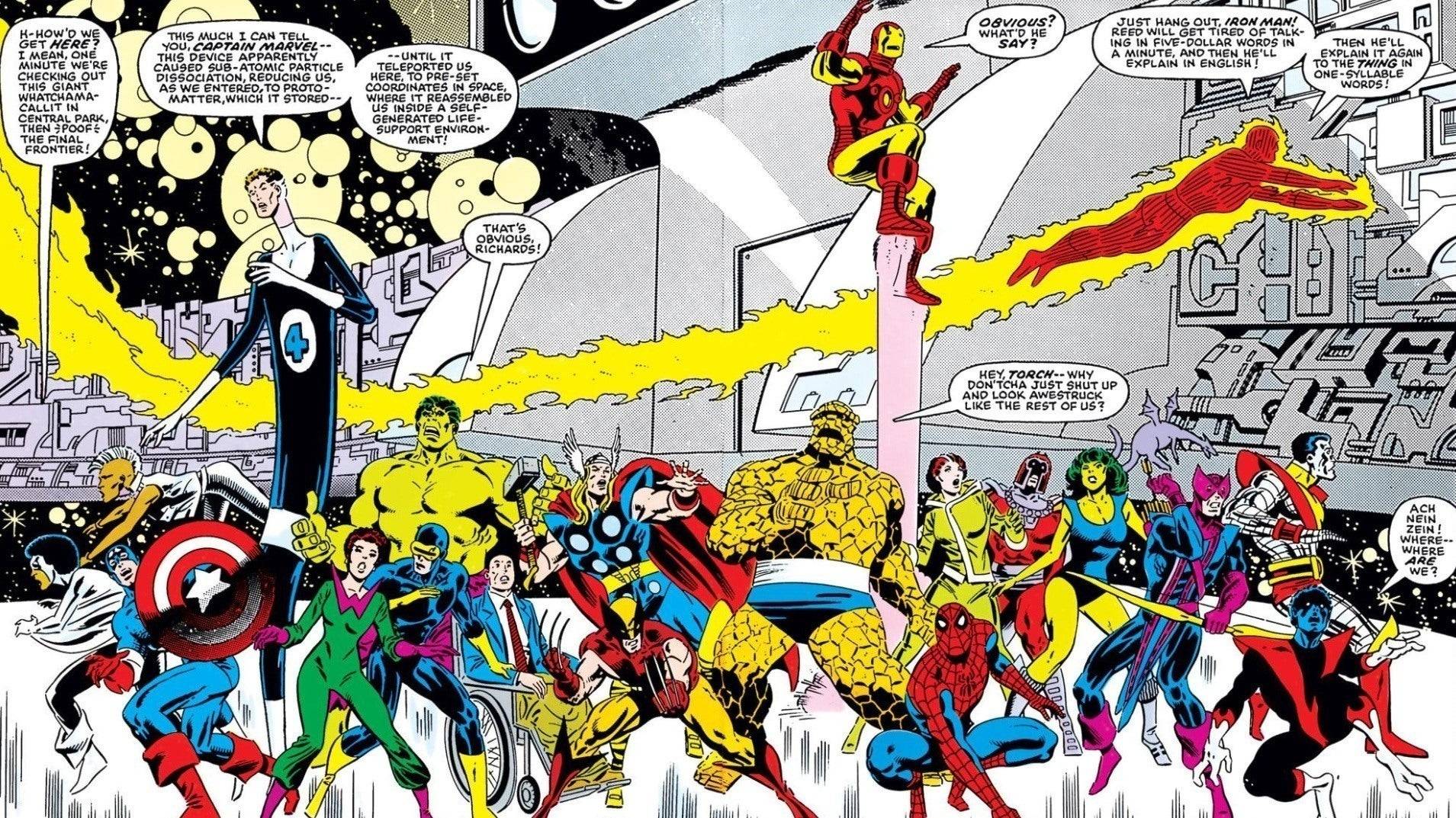
Spider-Man’s Symbiote Suit and Other Iconic Spidey Stories
After the foundational runs by Stan Lee and Gerry Conway, Roger Stern revitalized Amazing Spider-Man starting with issue #224. His introduction of the Hobgoblin in issue #238 added a formidable new villain to Spider-Man's rogues' gallery. Although Stern's original Hobgoblin saga was cut short due to editorial interference, he later completed the story in the 1997 miniseries Spider-Man: Hobgoblin Lives.
Just as Stern left, Amazing Spider-Man #252 introduced Spider-Man's black symbiote costume. This costume, later revealed to have originated on Battleworld in Secret Wars #8, sparked a subplot leading to the emergence of one of Spider-Man's most iconic antagonists. The symbiote costume has been adapted across various media, including Sam Raimi's Spider-Man 3, animated series, and video games. Another significant story from this period, The Death of Jean DeWolff in Spectacular Spider-Man #107-110, penned by Peter David and Rich Buckler, delved into darker themes as Spider-Man hunted the Sin-Eater, who had killed his ally Jean DeWolff, leading to conflicts with Daredevil.
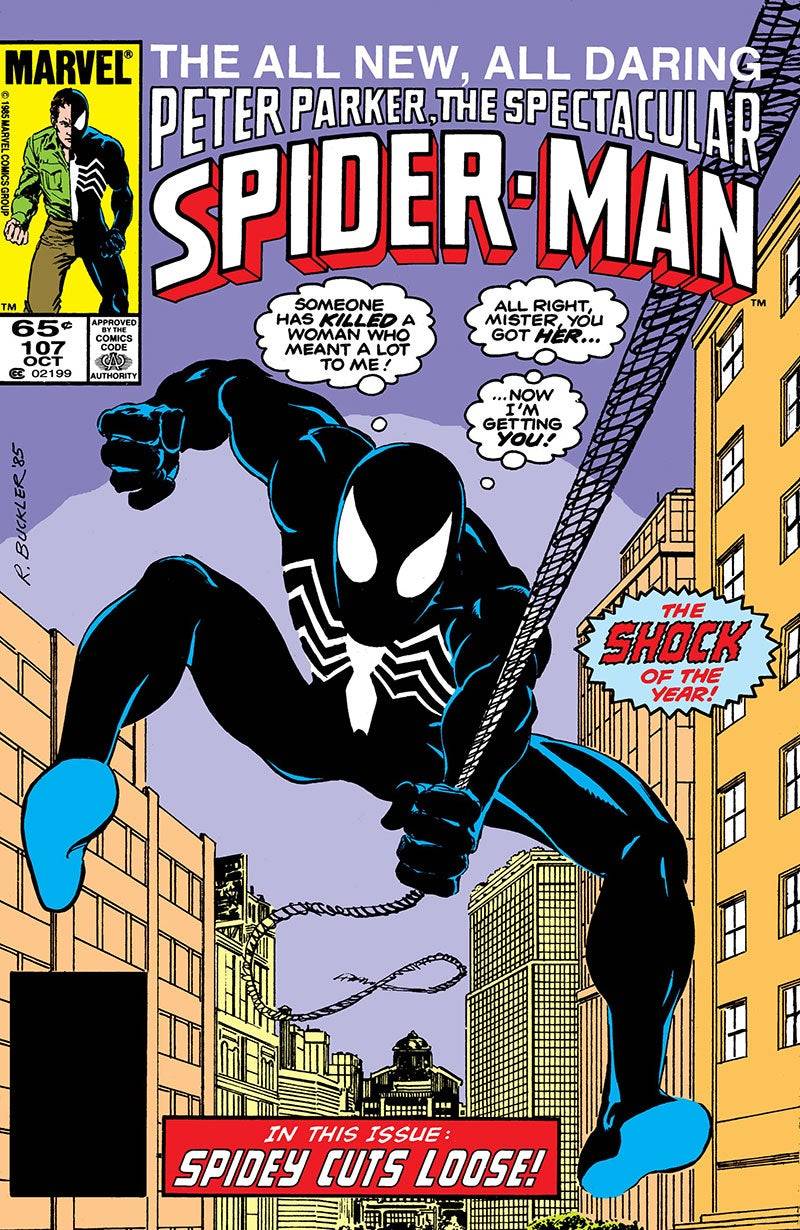
Jean Grey Returns, the Rise of Apocalypse, and Other Mutant Landmarks
The mid-1980s were also pivotal for the X-Men. Vision and the Scarlet Witch #4 confirmed Magneto as the father of Quicksilver and Scarlet Witch, a revelation that held for decades until a retcon in 2015. X-Men #171 saw Rogue join the X-Men after leaving the Brotherhood of Evil Mutants, becoming a beloved heroine. X-Men #200 featured Magneto's trial, leading to his temporary leadership of Xavier's School, a plotline adapted in X-Men '97.
The resurrection of Jean Grey in Avengers #263 and Fantastic Four #286, and her subsequent reunion with the original X-Men to form X-Factor, were significant events. The introduction of Apocalypse in X-Factor #5-6 by Louise Simonson and Jackson Guice added a formidable new antagonist to the mutant universe. Apocalypse, an ancient Egyptian mutant enhanced by Celestial technology, became a central figure in X-Men lore, appearing in various adaptations, including the 2016 film X-Men: Apocalypse.
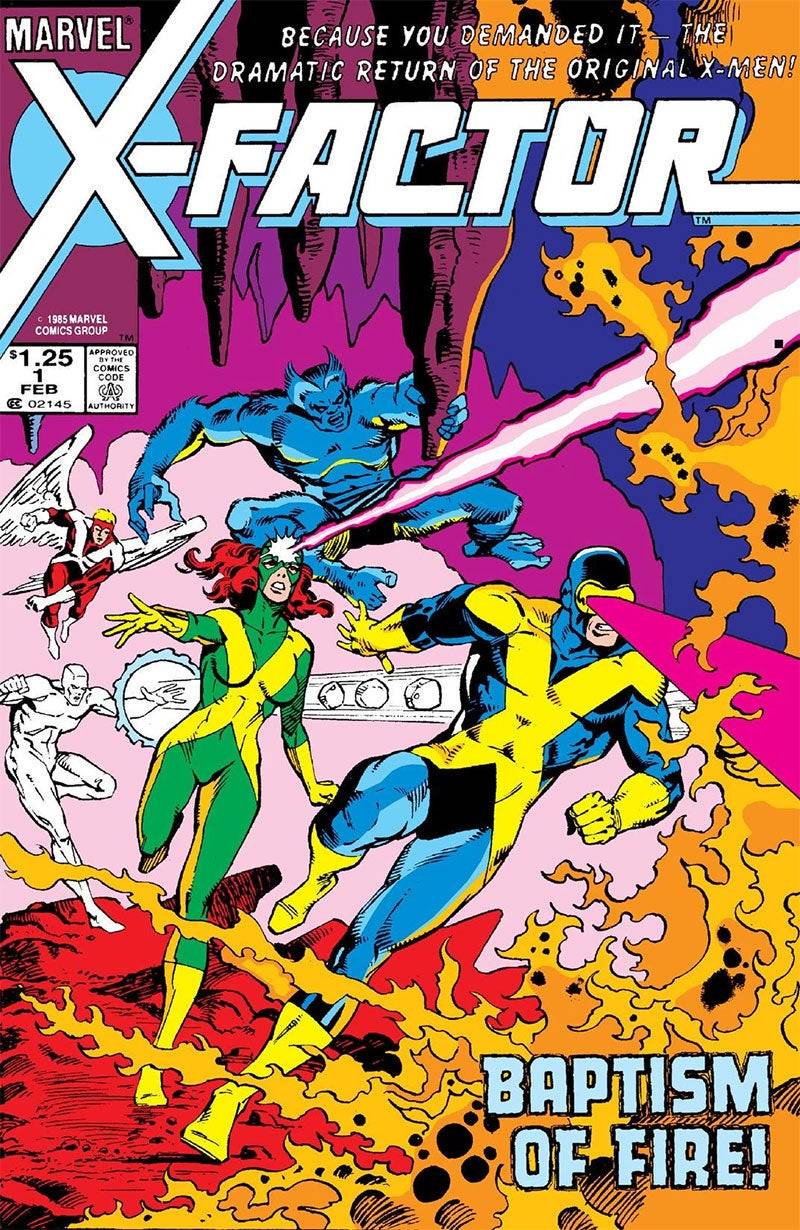



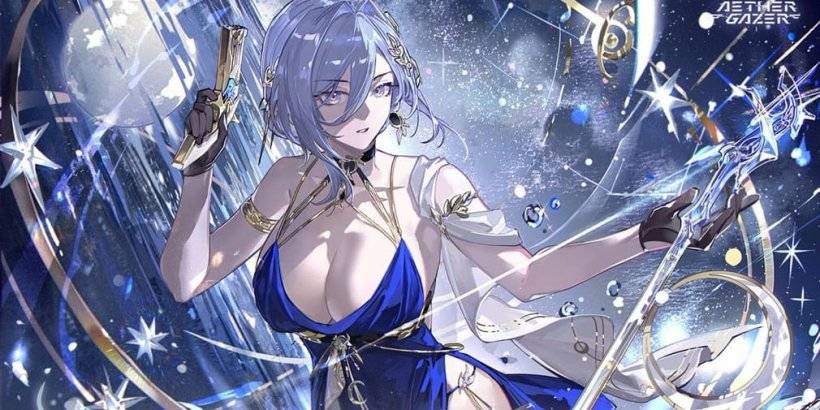






![[18+] Starlewd Valley:Re!](https://imgs.dgmma.com/uploads/37/173149215167347937c925c.jpg)




















